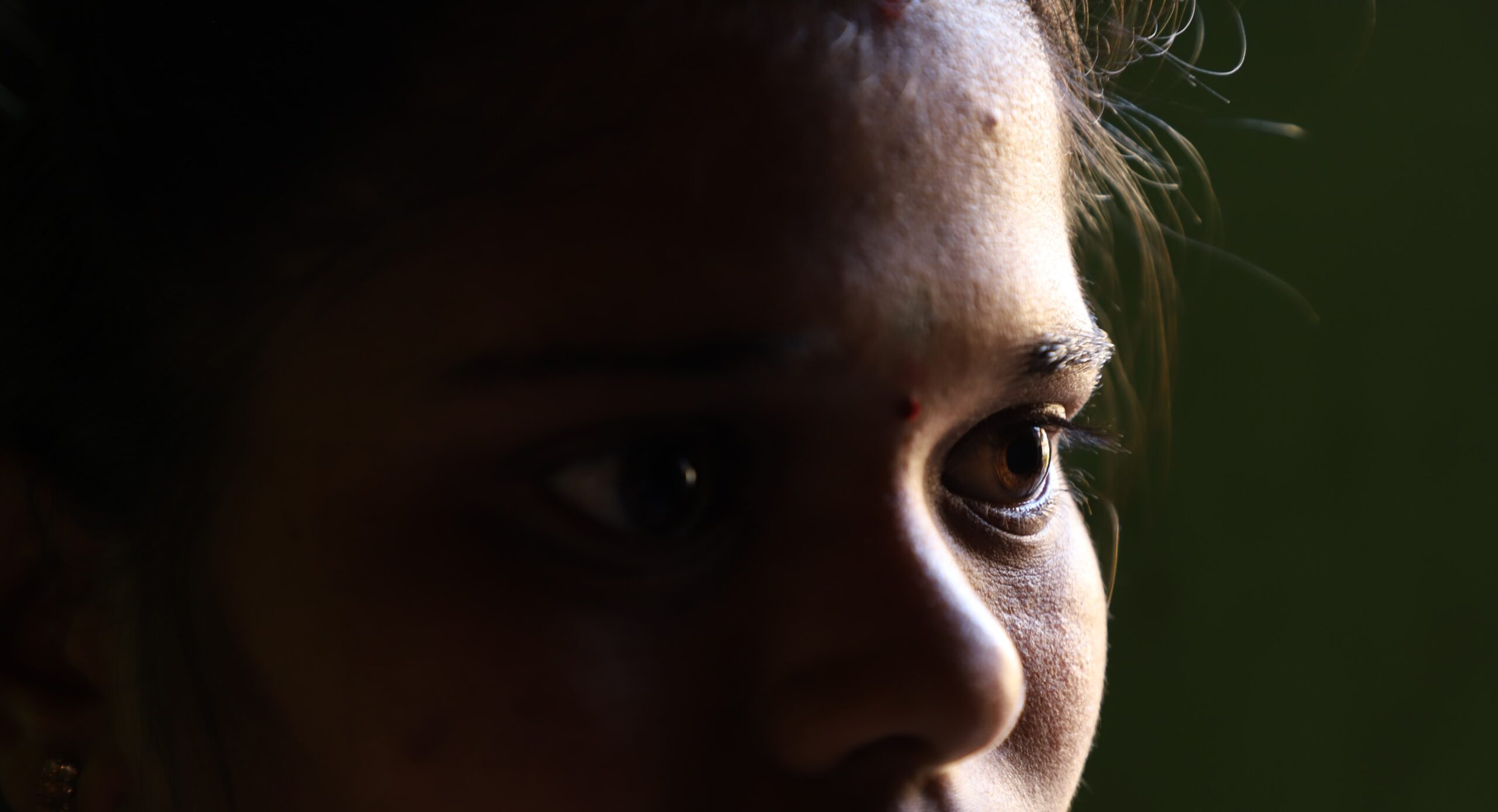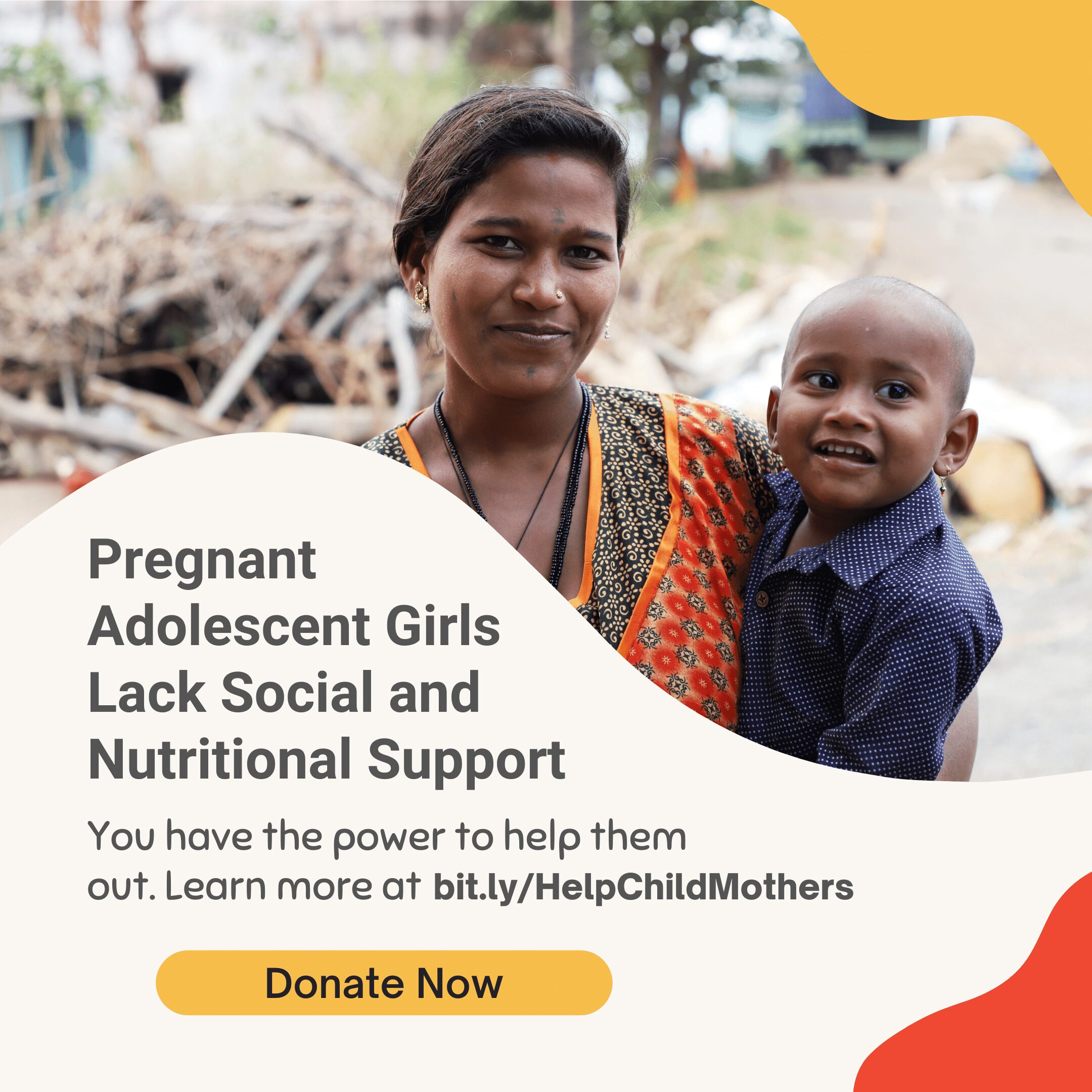During the COVID-19 Pandemic, cases of child marriage have seen an uptick in India. Families’ loss of economic livelihood have driven them into abject poverty. And with school closures also putting a strain on families’ finances, children, especially young girls, have been put in a vulnerable position where they are forced to work or wed before the age of 18. A child marriage has many adverse outcomes for the girl child, her family and her community. We at Children of India Foundation recognise that not only legislation, but also socio-economic support and community awareness programmes work as effective tools to discourage child marriages.

A child marriage, accoridng to UNICEF, is a union whether formal or informal between a minor child under the age of 18, and an adult or another child. Although progress has been made in India in reducing the prevalence of child marriage, it is far from an uncommon practice. It is estimated that in India alone, around 1.5 million girls enter a child marriage each year, with the state of Karnataka accounting for 23% of the country’s cases. Furthemore, the UNFPA states that one third of all women worldwide between the ages of 20-24 report being married off as children. A child marriage affect both boys and girls; however, it has a disproportionate effect on the girl child, with girls being 6 times more likely to become involved in a marriage before the age of 18.
The United Nations Sustainable Development Goal 5 aims to achieve gender equality through empowering all women and girls. One of its targets is to eliminate the act of child marriage by 2030. Through increasing communities’ socio-economic status and providing awareness on the value of the girl child, we can achieve this goal.

A child marriage often has adverse outcomes for young girls. To begin with, it can create a cycle of persisting generational poverty. Girls involved in a child marriage are less likely to complete secondary education. Girls Not Brides reports that every year before the age of 18 that they enter such a union, girls’ chances of attaining a secondary school degree decrease further. Mothers who are less educated are likely to have lesser educated children as well. This phenomenon can create further economic hardships down generational lines, which could lead to more child marriages.
A child marriage also limits girls’ access to economic activities that can help their household, thereby limiting their bargaining power in family matters. An Early Married Girl’s (EMG) isolation from her family and limited involvement in home life has a poor effect on her mental health. Through obtaining secondary education and getting married after the age of 18, Girls Not Brides reveals that economic outcomes for young girls and their communities drastically increase.
Another ill effect of child marriage is that it brings upon negative health consequences. According to the ICRW, young girls’ sexual and reproductive health suffer as they may marry older men who are more sexually experienced, creating risk of contracting sexually transmitted diseases. Oftentimes, early married girls (EMGs) are also pressured to have children as soon as they enter the union, even though they are still children themselves. The UNFPA estimates that 16 million girls between the ages of 15-19 give birth each year. And their maternal mortality rate is double that of older women. The risk is high because the girls may have underdeveloped uteruses, iron deficiencies and experience pre-eclampsia (high blood pressure and damage to the liver and/or kidneys during pregnancy). According to the World Health Organization (WHO), complications during pregnancy and childbirth are the leading cause of death for women aged 15-19 globally.
An early pregnancy also carries risks for newborn babies. An infant borne by an adolescent mother has a higher chance of low birth weight, preterm delivery and several neonatal conditions. Furthermore, early married girls are more likely to have rapid repeat pregnancies, which exacerbate the health risks to the mother and each subsequent child. The negative health consequences of child marriage put girls in a grave situation where they could face death before reaching the age of 18.
According to India Today, 2020 saw a 50% increase in reports on child marriage cases across India. The highest number of cases were found in the state of Karnataka, which accounts for around 23% of child marriages in the country. Government efforts to contain Coronavirus, such as lockdowns, have created a loss of livelihood for many of those engaged in informal economic activities. This combined with school closures and lack of social support systems have caused a rapid rise in cases of child marriage in India. Efforts to deal with Coronavirus have unfortunately undermined the progress that has been made in preventing child marriage in India.
With the COVID-19 Pandemic increasing cases of job insecurity across India, for some communities, a child marriage become a viable option to decrease strain on family finances. India Forum reveals that a lower dowry is demanded from girls under the age of 18. And marrying off several daughters in one wedding ceremony decreases expenses and instantly creates less mouths to feed in the family.
Loss of education also made child marriage cases increase. Temporary school closures during the Pandemic were enforced in order to decrease the spread of the virus. The premise was that online classes would be implemented in order to not create gaps in children’s education during lockdowns. However, for many children living in rural communities, smartphones, laptops and stable internet access were not guaranteed, rendering school closures permanent for them. With the protective net of schooling being gone, families’ concerns on the safety of their girl child and her sexual purity being violated increased. Girl children being present at the home more often during lockdowns made marrying them off young make more sense for some communities.
The Prohibition of Child Marriages Act (PCMA), according to CHILDLINE India, was made a part of official legislation in 2006 in India. According to the act, a child is male who has not reached the age of 21 and a female who has not yet reached the age of 18. The PCMA criminalises child marriages and states that the eligible age to marry is 18 for girls and 21 for boys. A child marriage taking place beofre or after the act was implemented can be voided. However, it must be done by two years after the child reaches maturity. Amendments to the PCMA would formally raise the age of marriage for girls to 21, putting them on equal footing with boys. It would also increase the window to petition against the marriage to five years after reaching maturity, according to The Print. Raising the age of marriage of girls to be the same as that of boys is a symbolic victory in empowering women. It also gives those affected by child marriage more time to nullify the marriage after reaching maturity.
The written law does disincentivise forcing children into marriage. However, it alone would not bring about social change. Primarily economic factors and some cultural factors work together to increase the propensity that a girl would be involved in a child marriage. Economic hardship makes child marriage appear to be more desirable because it creates one less mouth to feed in the household. Finally, mindsets that are deeply ingrained into cultural tradition see the girl child as a liability for the family, not recognising the value of educating and empowering her.

We have tailored one of our projects, Initiatives for Married Adolescent Girls’ Empowerment (IMAGE), to meet families’ basic needs as well as empowering young girls during the COVID-19 Pandemic. Our programme aims to aid Early Married Girls (EMGs) in areas of health, education and livelihood as well as train them to become activists who raise awareness on the ill effects of child marriages and prevent other young girls in their communities from falling victim to the practice. During 2020, we reached out to 3077 EMGs across five districts in Karnataka, providing 606 young girls with supplementary nutrition and 208 with health checkups. We also distributed 1470 ration kits to families to meet their basic needs during the Pandemic. Access to nutritious food also helps ensure that pregnant adolescent mothers have a healthy pregnancy and infant. Through providing assistance to EMGs and empowering them to fight against the practice of child marriage, we hope to spark social change which provides a systematic regression in cases of child marriage in India.

Currently, one of our efforts in the IMAGE Project is focused on providing nutritional support and awareness sessions on infant care to pregnant and lactating adolescent girls in Karnataka. Adolescent mothers are at higher risk of becoming anaemic than women aged 20-24. Although the condition can be counteracted through proper nutrition and iron supplements, for many this is not a viable option. Teen mothers are also more prone to severe infections during pregnancy and childbirth that severely increase their maternal mortality.
Your support has the potential to save an adolescent mother’s life. For example, when Padma (name changed), one of the girls we’ve reached out to, became pregnant, she experienced fatigue and severe body pain. Doctors found out that she was anaemic with a haemoglobin level of 7, her blood count being extremely low. They asked her to incorporate nutritious food in her daily meals. However, due to her family’s finances, it was nearly impossible to provide her with adequate nutrition during pregnancy. If she hadn’t received help soon, her and her unborn child’s lives would be lost. Through access to iron supplements and nutritious fruits and vegetables, Padma was as healthy as ever and did not have any complications during childbirth.
Child mothers are desperately in need of support during this difficult period in their lives. Your contribution, no matter how little it may be, can save a young girl’s and her child’s life.
Click the button below to donate to pregnant and lactating adolescent mothers now.